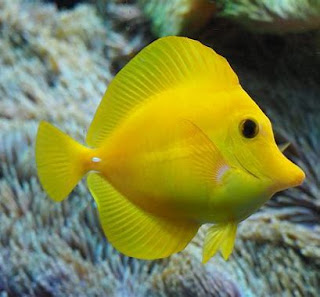The Pond and The Abyss: Tales of the Atlantic Ocean

' Below this unassuming surface is a trove of untold mysteries and rich history If the Arctic Ocean oozes magic and enchantment, then the Atlantic epitomizes mystery, its power not necessarily crowning its kingdom but hiding underneath the surface. There are no glass shards glittering on the Atlantic. Only quiet blue-gray and teardrop white mingle together to fabricate a crushed charmeuse of shifting shadows and waves that lie upon an arcane world. The Atlantic doesn't seem to stand out; it's not the largest or coldest ocean. And there doesn't seem to be anything out there; at least, not at the surface. Whereas the Arctic and Pacific are dotted with icebergs, fjords, islands, or volcanoes, the Atlantic is home to a stretch of blue that connects the Western and Eastern Hemispheres together. As the second-largest ocean in the world, the Atlantic Ocean covers 25% of the Earth's surface. But w hat's the story under the Atlantic's own innocent surface? This...












